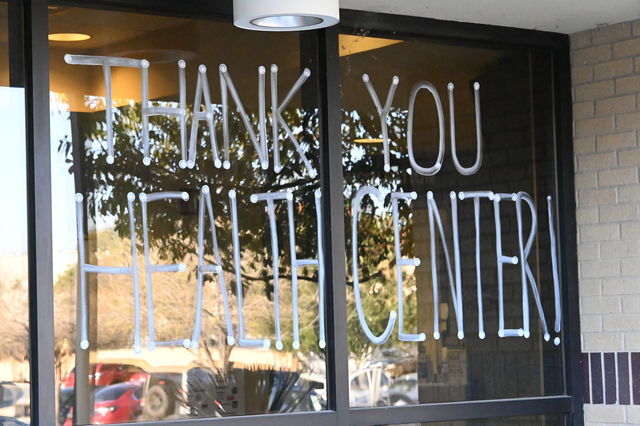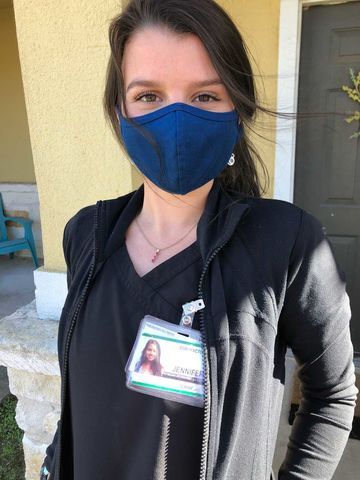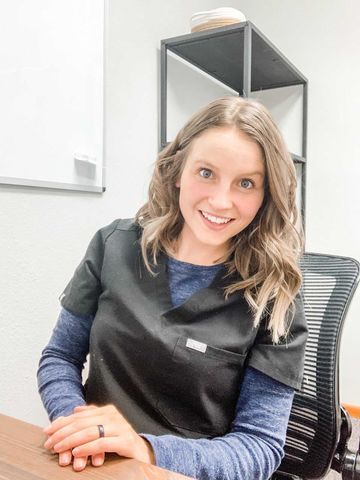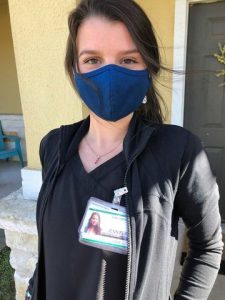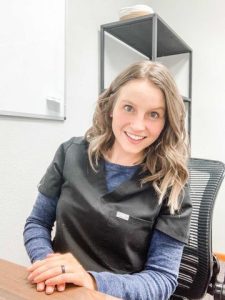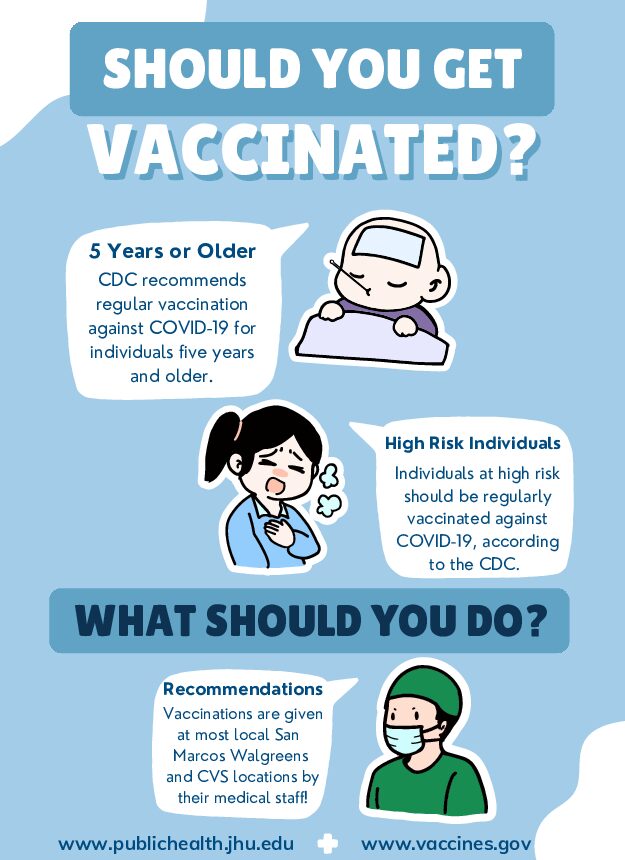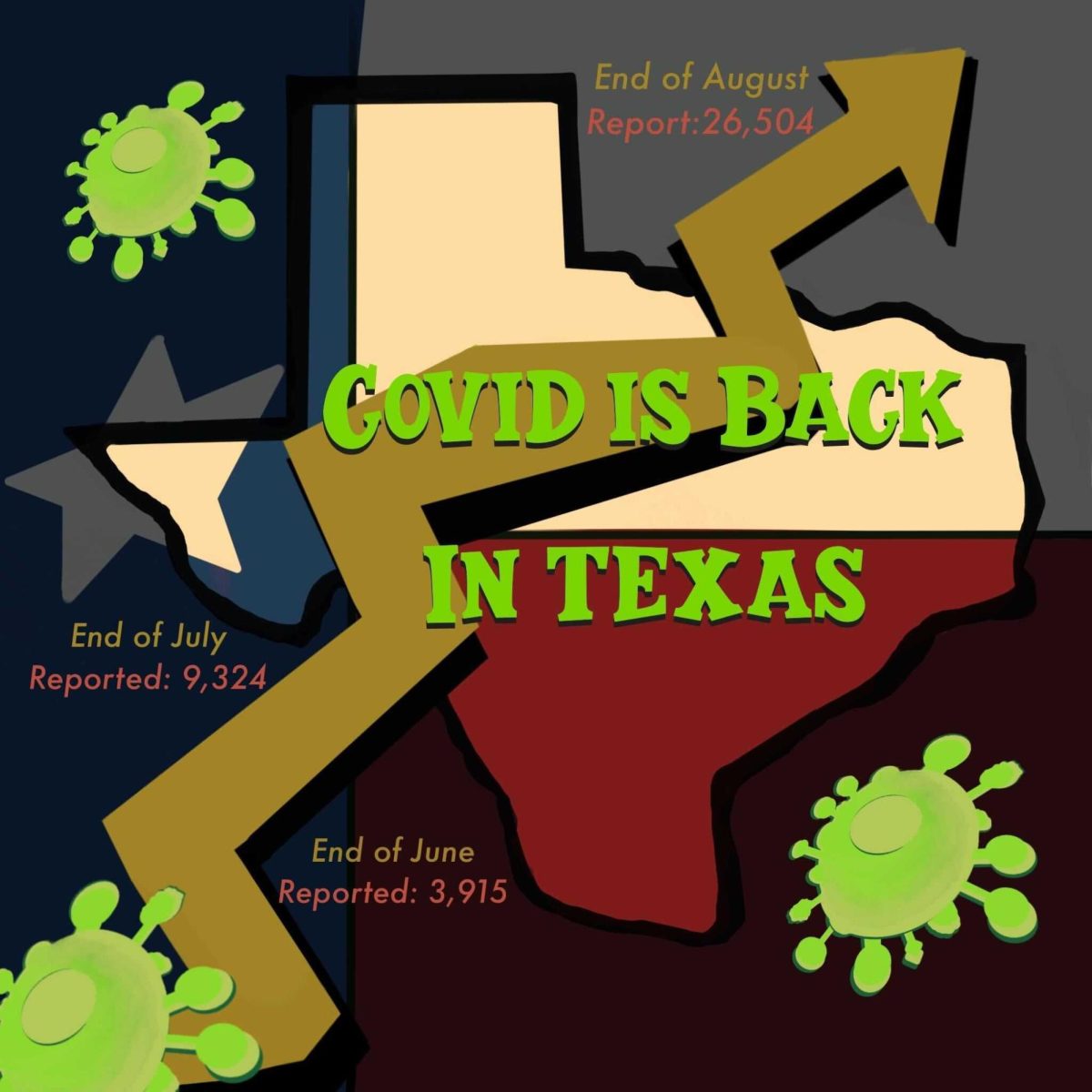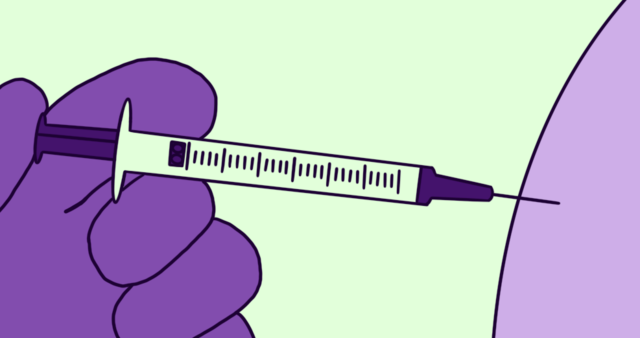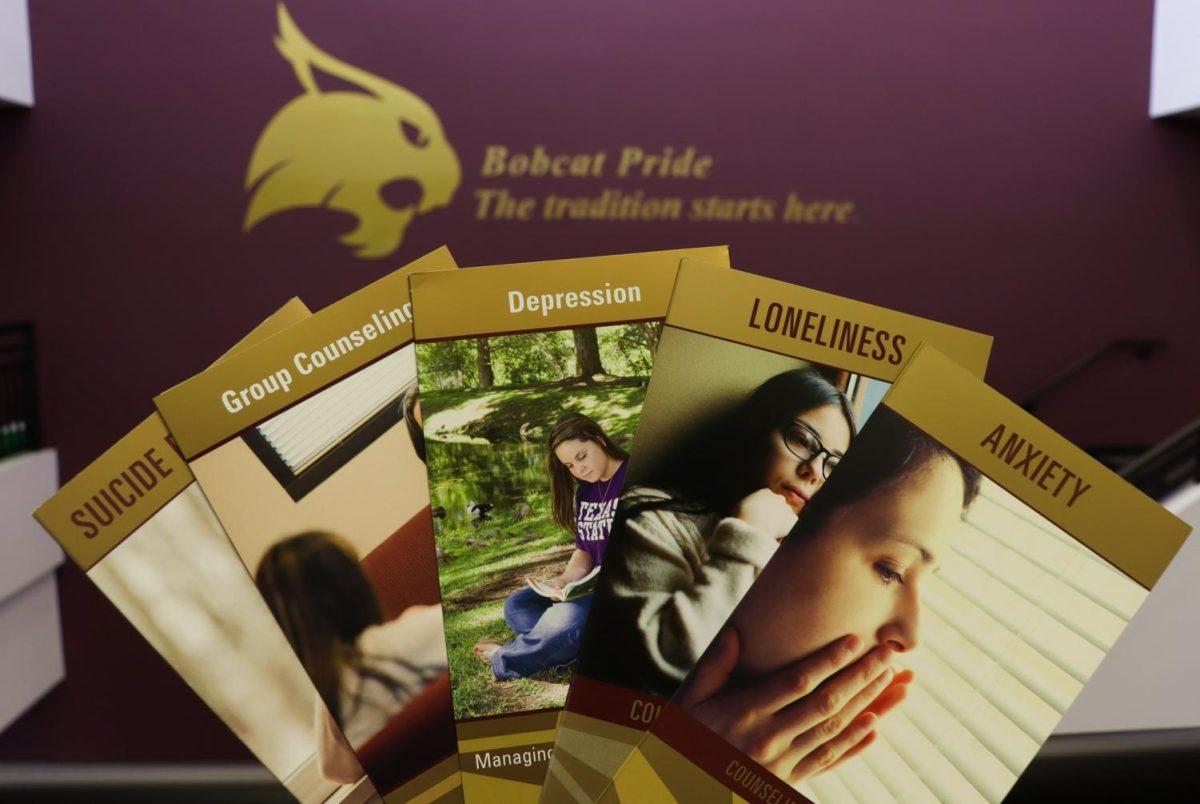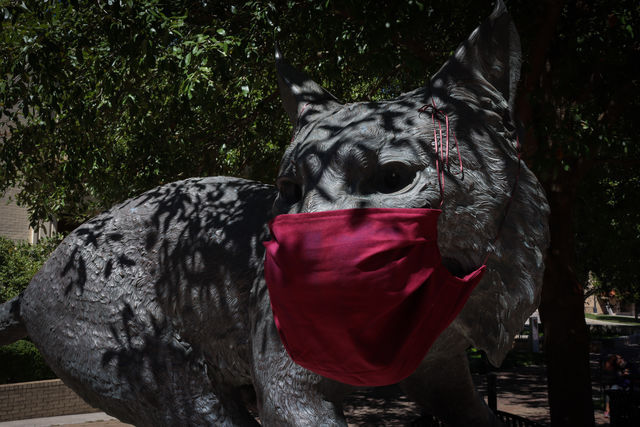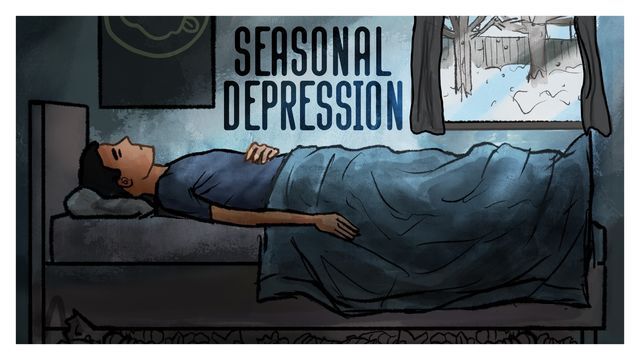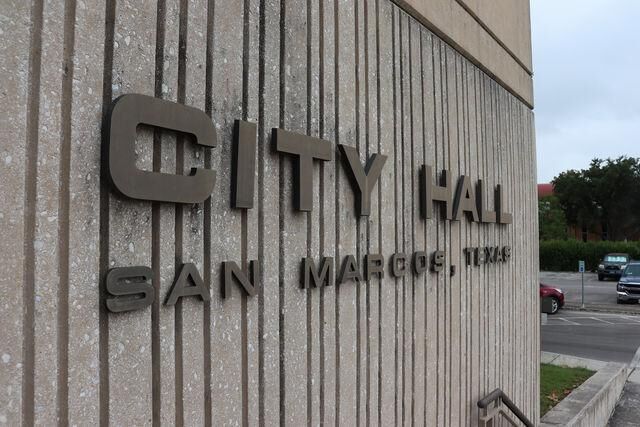Health care workers have found themselves working to keep a pandemic under control while battling inclinations to get physically close to unwell patients — an action once a natural part of their identities but now a bigger threat to their personal safety.
“You have to go in there with all your gear, and you can’t really make them feel like you’re there for them because you can’t touch them and you can’t get close to them,” says Jennifer Dunnigan, a pre-med senior who works as a medical scribe. “You kind of have to stand on the opposite side of the room.”
Equipped with protective gear such as face masks and gloves, local health care workers now encounter an unusual medical environment — one filled with new safety rules and regulations brought on by COVID-19.
Dunnigan began working as a scribe during the pandemic and says the physical distance with patients is more apparent due to safety protocols in place.
As a medical scribe, Dunnigan’s tasks include assisting doctors and nurses by electronically reporting patients’ medical symptoms. While she says her job can be stressful, it minimizes the paperwork nurses and doctors have to complete and opens up more time for them to focus on patients.
“When I first started this job, I was absolutely overwhelmed [with] every shift, but I think [as] you get more experience as a scribe or wherever you are in the medical field, you learn how to handle larger and larger loads,” Dunnigan says. “There’s still those days where you’re like, ‘that was just crazy, I don’t even know what just happened’…You have other really good days that bring you back up and remind you why you’re doing it.”
Synda Harper, an emergency room medical scribe, knew the job would place her at risk; however, that was not a concern as she had an interest in working with high-risk patients in high-risk areas.
“Did I know there was an inherent risk going into a room? Absolutely. Did I know that the [accuracy] of [personal protective equipment] is not 100%? Absolutely. Do I still wish [the] general population was more adherent to public health policies? Yes,” Harper says.
At the beginning of the pandemic, Harper says the hospitals she would scribe for stepped up precautions to prevent the spread and contact with the virus.
“They were probably way more stringent when it first started,” Harper says. “We had to have our temperatures taken upon arrival and then we had to get a sticker that had our temperature [and] what time we got our temperature taken, what day we got our temperature taken, and [we had to wear the sticker.] Of course, we had masks on at all times.”
Some health care workers, such as Dr. Joseph Sokal, a psychiatric consultant for the Student Health Center, have been limited in their work but continue to fulfill their purpose regardless of social distancing barriers.
Sokal says he has worked three days a week since the start of August and has only been inside the clinic once a week. As a psychiatric consultant, Sokal can meet with his patients virtually which gives them the opportunity to receive the help they need.
“People can get mental health care without exposure,” Sokal says. “People are having trouble focusing; they’re having trouble getting their studies done; they’re scared; they’re getting depressed, and so it’s critical that if you really notice that you’re, you know, just not functioning well, that you’re depressed, you’re sad, you feel defeated or you’re constantly nervous and anxious, that you know that the Student Health Center provides mental health care.”
In addition to new safety procedures and practices, potential contact with COVID-19 is a concern for health care workers. Dunnigan says it reminds her to be safe.
“Sometimes I’ll be in the emergency room, and there’s like 70% COVID cases in there,” Dunnigan says. “It’s like you know every room you walk into, you have a chance of getting it, and we do have the masks and hand sanitizer but you’re still, you know, within a couple of feet of someone you know tested positive for COVID. It’s kind of scary, and it’s definitely scary when I go back to visit my family or things like that, but I do take precautions.”
Working in health care typically allows nurses and doctors to connect ill patients with their loved ones, but Dunnigan says COVID-19 has created a different experience due to guest restrictions.
“I’ve talked to people, I’ve talked to nurses that are in COVID units, and they tell me these stories… about, you know, patients coming in and the last time, you know, they saw their family [and] possibly won’t see their family again; they’re put on a ventilator, and there’s a pretty good chance they’re going to die,” Dunnigan says.
Despite the stories Dunnigan has heard from fellow health care workers, she says she remains encouraged to pursue her career in medicine to ensure patients are met with someone who cares for them.
“There [are] these really sad stories, but I think what keeps dragging me back to medicine and has like never let me let go of it, is just that I want to be that person that, you know, not changes medicine but is like a catalyst for better healthcare or some kind of living, breathing, caring physician that understands both sides,” Dunnigan says.
Health care workers navigate changes in essential roles
January 21, 2021
Window art thanking the workers at the Texas State Student Health Center, Thursday, Jan. 14, 2021, at Texas State.
Donate to The University Star
Your donation will support the student journalists of Texas State University. Your contribution will allow us to purchase equipment and cover our annual website hosting costs.











